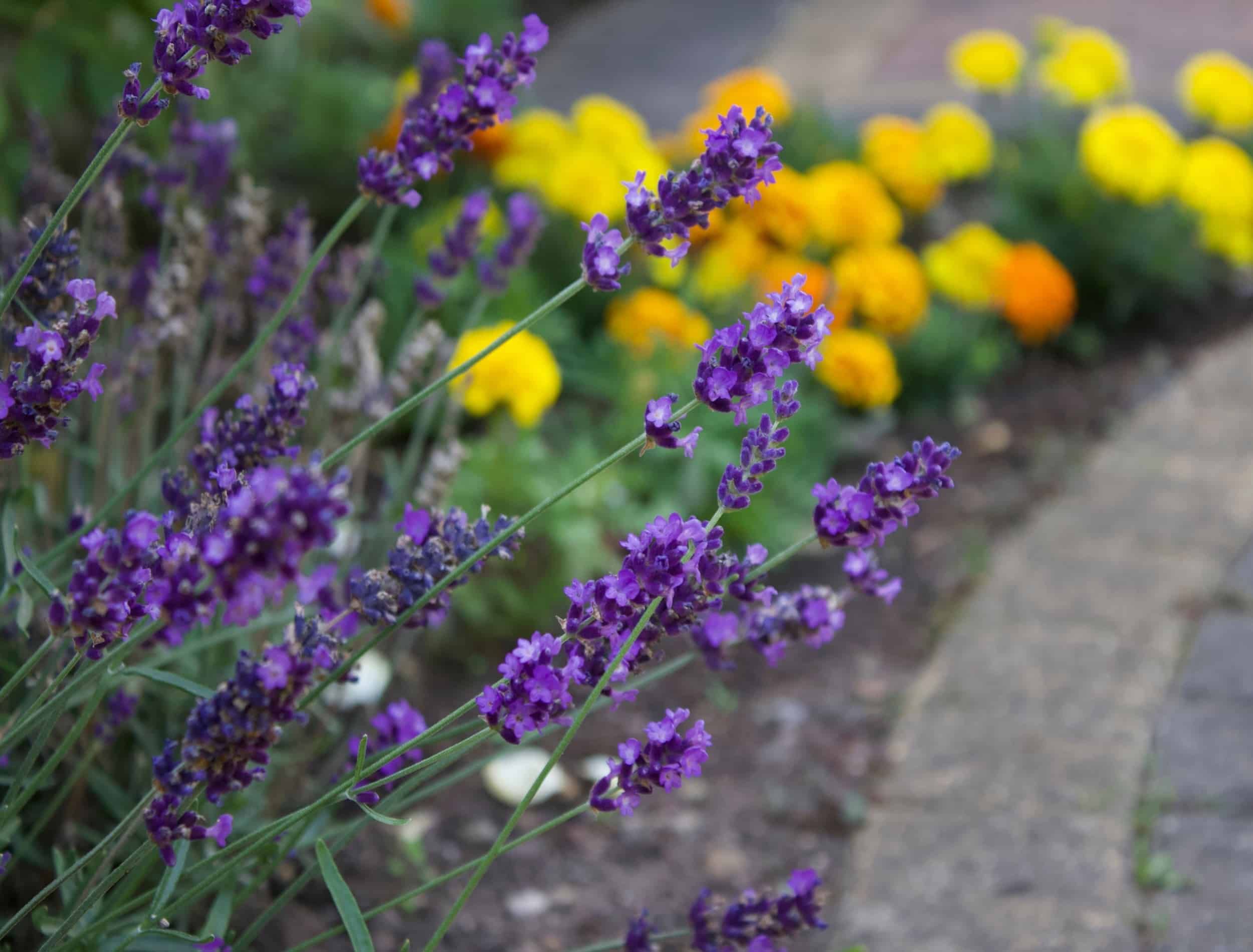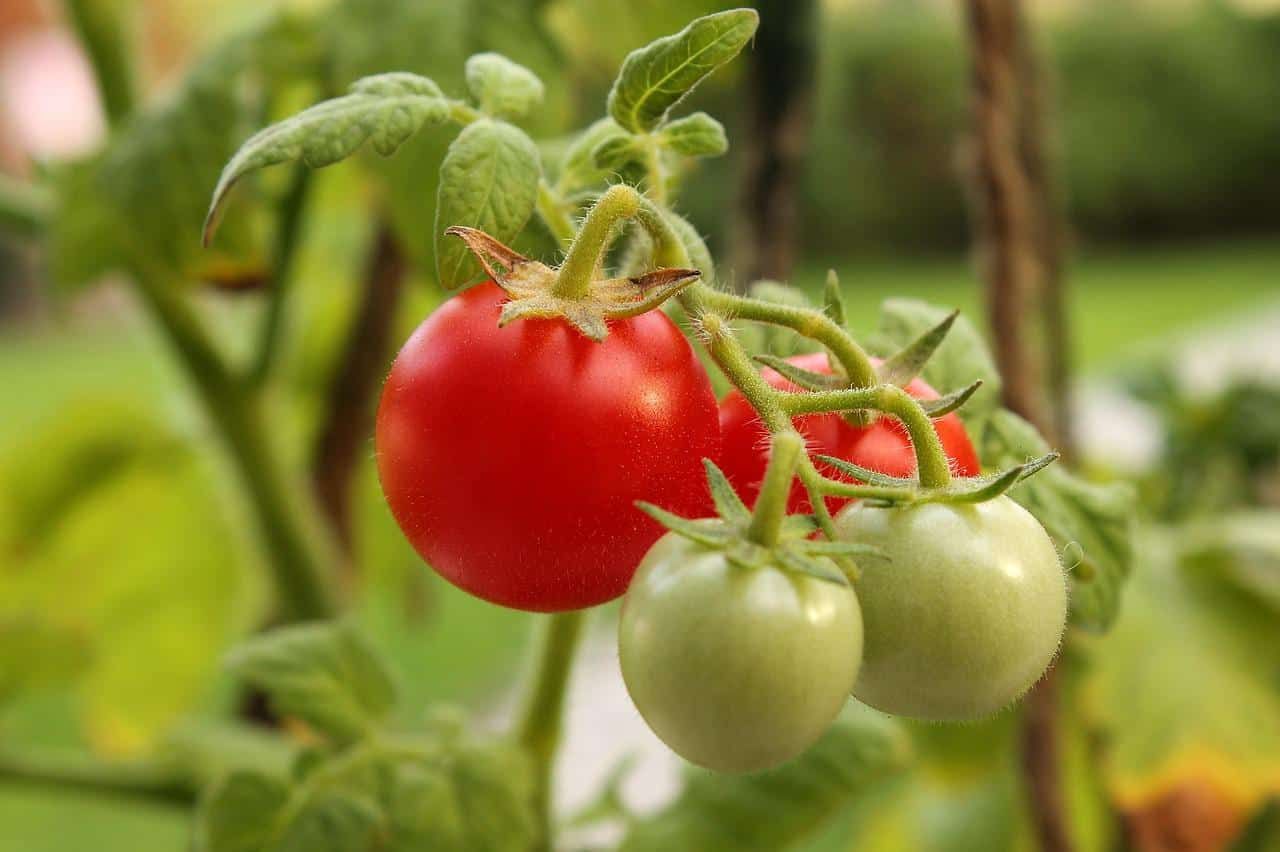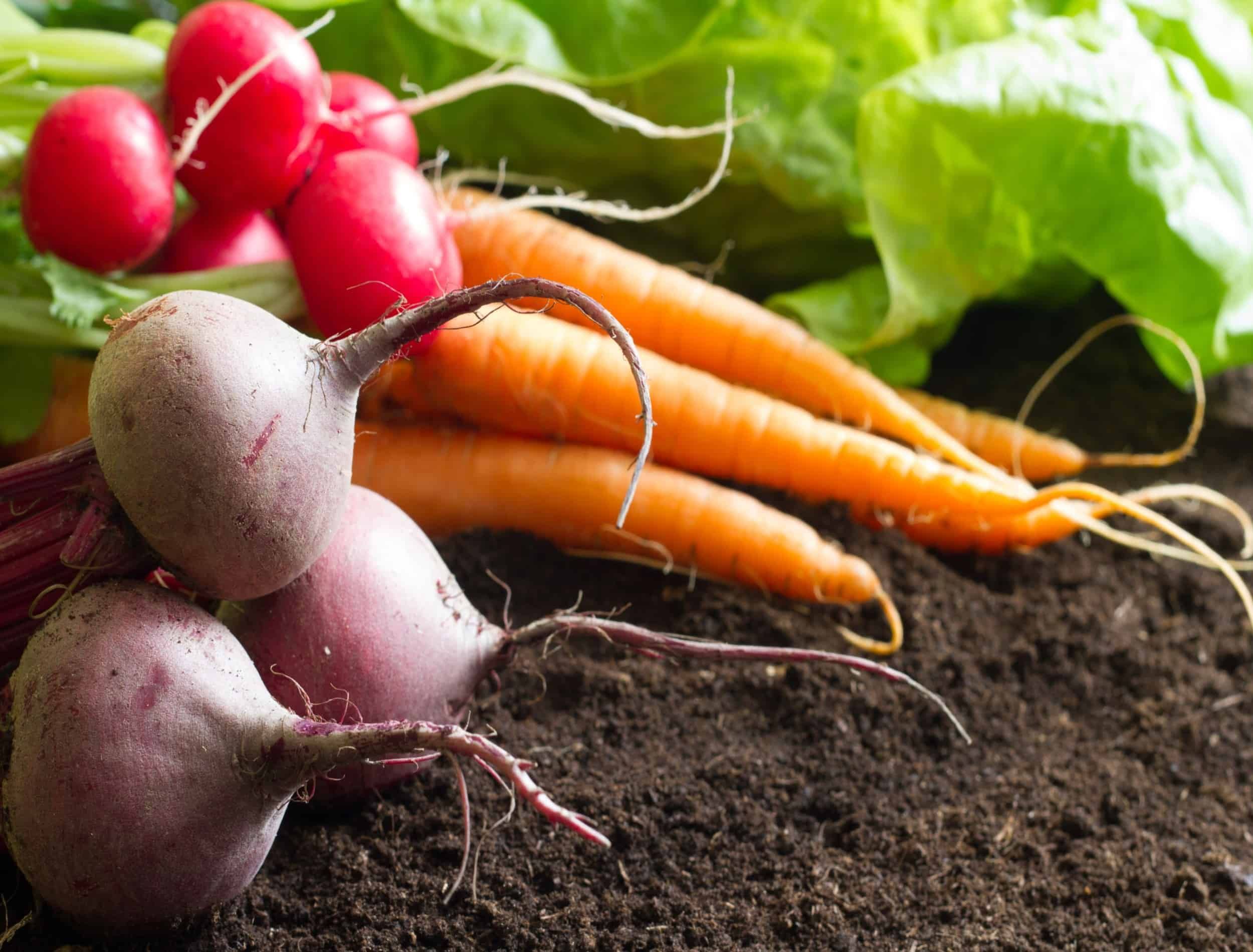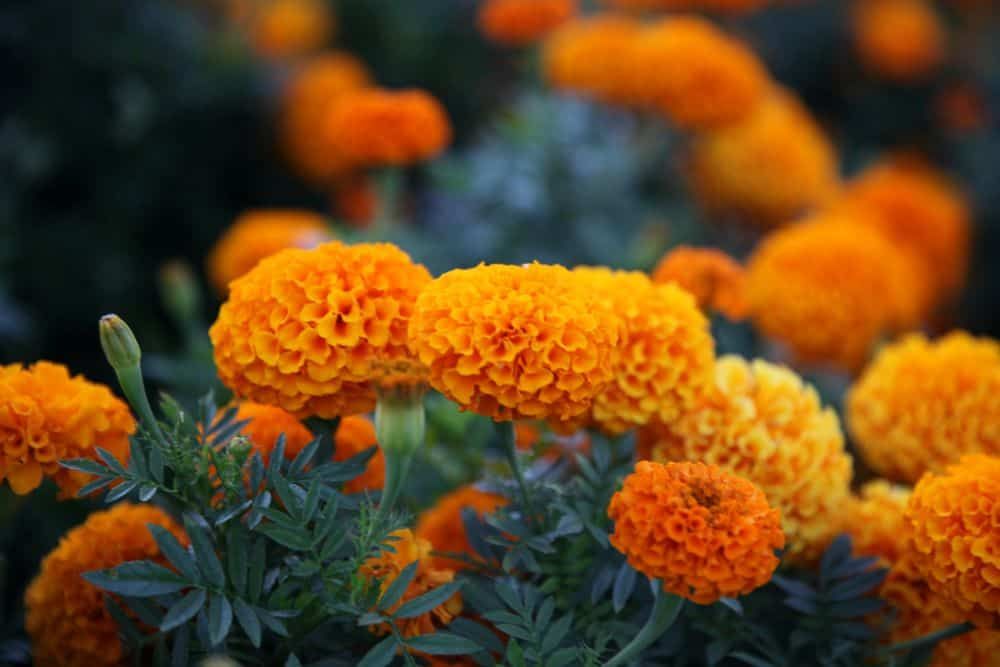No matter what your gardening style is, there are a few plants that always make great side-by-side companions in the garden. Whether you're looking to create a colorful display or fill your garden with delicious produce, these plants are sure to do the trick!
Here are ten plants that you should always grow side-by-side. Happy gardening!
Basil and Tomatoes
Image credits: CJ via Pixabay
If you're lucky enough to have a backyard, grow your herbs and vegetables! Basil and tomatoes are two of the most popular choices, so why not grow them side-by-side?
There are plenty of reasons to do so. For one, they make a great culinary pair - think of all the delicious Caprese salads you could make! They also benefit each other in terms of growth as the basil helps deter pests from the tomatoes.
Here are a few tips for growing these two plants side-by-side:
- Choose a sunny spot in your garden. Both basil and tomatoes need plenty of sunlight to thrive, so make sure they have access to at least six hours of direct sunlight per day.
- Tomatoes are heavy feeders, so amend the soil with some compost before planting. Basil is less demanding but still benefits from well-drained, sandy soil.
- When planting the basil, leave plenty of space between each seedling. Basil can get quite large, so give it room to grow!
- Water both plants regularly - at least once a week and more often during hot, dry weather.
Strawberries and Chives
Image credits: zoranm via Canva
Strawberries and chives make an attractive and delicious combination. Chives have long, slender leaves that add a mild onion flavor to foods. They also have a pretty purple flower that adds color to the garden. Strawberries are lovely red fruits that are sweet and juicy. Together, these plants make a great garden team.
Here are some tips for growing strawberries and chives side-by-side:
- Choose a sunny spot in your garden for planting. Both strawberries and chives need full sun to produce well.
- Prepare the soil by adding some organic matter such as compost. It will help the plants to thrive.
- Plant the strawberries first, and then plant the chives around them.
- Water regularly, especially during dry periods.
- When the strawberries are ripe, pick them carefully so as not to damage the foliage of the chives.
- Enjoy your bumper crop of delicious strawberries and flavorful chives!
Carrots and Radishes
Image credit: udra11 via Shutterstock
Carrots and radishes are two of the most popular vegetables to grow in home gardens. They are both relatively easy to grow, and they are both very versatile in the kitchen. Many people like to grow carrots and radishes side-by-side because they complement each other well.
For starters, growing radishes and carrots together helps to confine the root systems of both plants. This is important because it prevents the carrots from becoming overgrown and misshapen. Additionally, it also helps to keep the radishes from spreading too much and becoming leggy.
Another benefit of growing these two veggies side-by-side is that the radishes will help to deter pests from going after the carrots.
If you're looking to grow both radishes and carrots together in your garden, then there are a few things you should keep in mind.
- Choose a sunny spot in your garden that has well-draining soil.
- Plant the seeds for both veggies at the same time.
- Water them regularly and thin them out once they've sprouted.
- First, harvest the radishes and then move on to the carrots.
Garlic and Roses
Image credits: Aleksandar Tasevski via Canva
One of the benefits of growing these two plants together is that they can help deter pests from attacking each other. Another advantage is that the garlic will help deter any aphids and fungal diseases that may attack your roses.
When it comes to growing garlic and roses side-by-side, there are a few things you need to know to succeed. For starters, both of these plants need full sun to thrive. They also need well-drained soil that is rich in organic matter.
When planting, space the garlic cloves about eight inches apart. You can plant the roses a little closer together but give them room to spread out as they grow. As the plants mature, you may need to thin out the garlic cloves to give the roses more room.
In terms of care, both plants will need regular watering. Check the soil before watering and water only when the top few inches are dry. During the hottest months of the year, this process will need to be done more frequently.
As the plants grow, you may need to stake the roses if they start to lean too much.
Marigolds and Lavender
Image credits: JK via Unsplash
Marigolds and lavender are two of the most popular flowers in the world. They have a long history of being used in gardens and have a wide variety of uses. Marigolds are known for their ability to deter pests, while lavender is known for its calming effects. These two flowers make a great team when planted side-by-side.
Marigolds are annual plants that grow between six inches and three feet tall. They have large, bright blooms that come in a variety of colors, including yellow, orange, and red. Marigolds are easy to grow and care for, making them a perfect choice for beginner gardeners.
Lavender is a perennial plant that can grow up to three feet tall. It has small, purple blooms and fragrant leaves.
When planting marigolds and lavender side-by-side, choose a spot that gets full sun. Both flowers need at least six hours of direct sunlight each day. The soil should be well-draining and amended with compost or organic matter. You can plant marigolds and lavender in the spring or fall.
To plant marigolds and lavender, dig a hole twice the size of the plant’s root ball. Place the plants in the hole and fill it in with soil; water deeply after planting.
Grab A Buddy!
So, whether you’re a beginner gardener just starting or an experienced green thumb with a few acres of land to work with, add these plants together in your garden this year! Not only will they look great together, but they’ll also help keep each other healthy and productive.
Do you have any tips or tricks for gardening in pairs? Let us know in the comments below!






